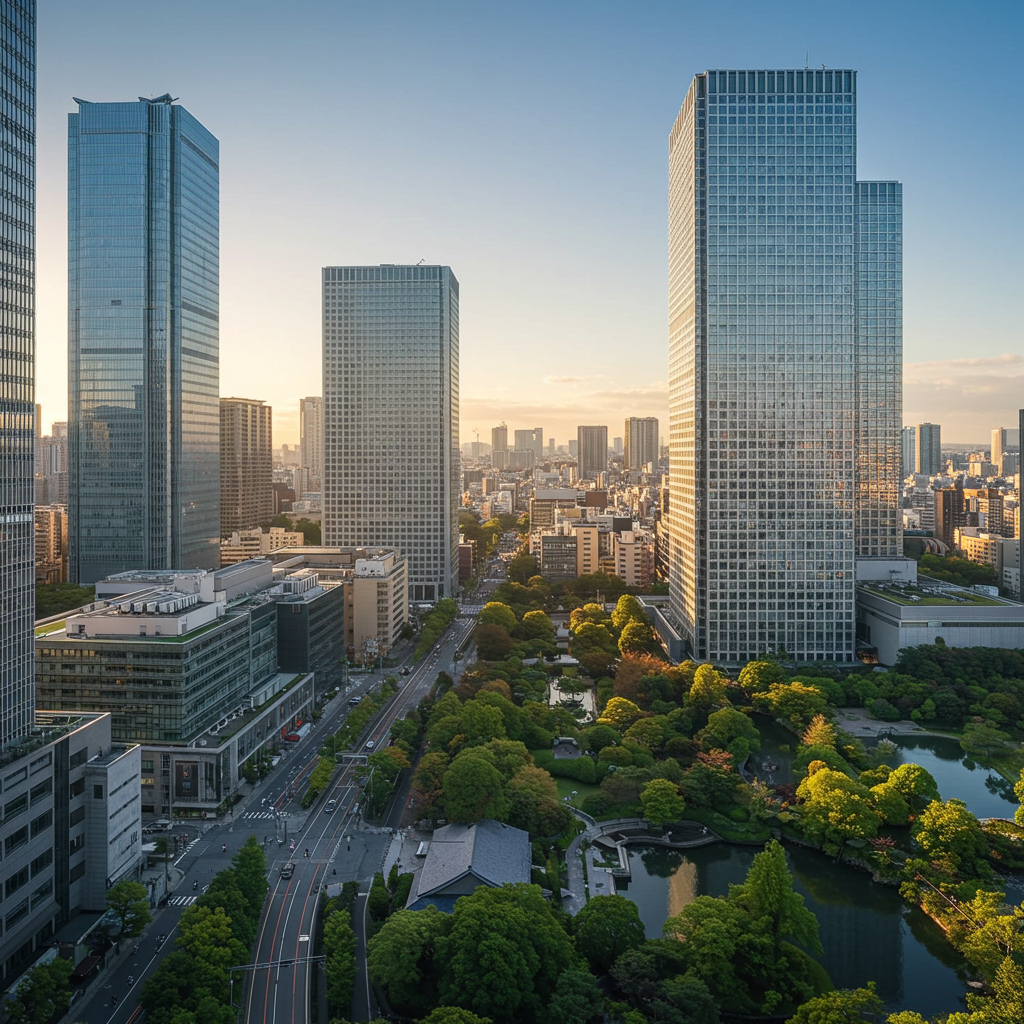In real Estate investment, nothing matters more than location that holds its value
While Japan’s land prices and property markets naturally fluctuate, there are many neighborhoods where depreciation is rare—and resilience is the rule.
The key lies in identifying these value-retaining districts. But what defines such areas in Japan? The answer is rooted in uniquely Japanese dynamics.
◆ Three Defining Traits of Neighborhoods That Retain Their Value
- Limited Supply – New developments and large-scale redevelopments are rare
- Stable Demand – There is a consistent base of high-intent buyers and residents
- Strong Local Brand – Prestige, education, and cultural appeal elevate desirability
Consider areas like Azabu, Aoyama, and Hiroo in Tokyo’s Minato Ward, or the Banchō district in Chiyoda. These neighborhoods are tightly zoned. As a result, when properties do become available, they are swiftly acquired.

◆ Areas for Long-Term Value Stability
Tokyo
■ Minato Ward
Home to embassies, executive residences, and global headquarters, Minato is attractive to wealthy people and businessmen.
■ Chiyoda Ward
Centered around the Imperial Palace, areas like Banchō and Kōjimachi are renowned for their exclusivity and elite schools—making them especially desirable among affluent, education-focused families.
■ Bunkyō Ward
With institutions such as the University of Tokyo and a reputation for safety and tranquility, Bunkyō remains a preferred choice for those seeking a refined yet academically rich environment.
■ Shibuya Ward
While Shibuya is synonymous with urban energy and redevelopment, neighborhoods like Daikanyama and Shōtō maintain their status as timeless enclaves of luxury—unchanged, and unwavering in value.
■ Kyoto’s: Higashiyama, Okazaki, and Sakyo Ward
These areas, surrounded by temples, shrines, and cultural landmarks, are governed by strict landscape preservation laws. As a result, new developments are virtually non-existent, enhancing the rarity and value of existing properties.
The traditional streetscape—what many foreigners imagine when they think of Kyoto—has been carefully preserved, sustaining strong demand from tourists and second-home buyers.
◆ Why Supply Restrictions Play a Defining Role in Real Estate Value
Real estate prices are fundamentally shaped by supply and demand dynamics. In regional cities, new land and housing developments continue to emerge, even in favorable locations—creating constant competition and placing downward pressure on long-term values.
In contrast, areas such as Minato and Chiyoda in Tokyo, or select heritage zones in Kyoto, are governed by strict zoning laws and landscape preservation regulations. This limits redevelopment and the construction of new inventory, thereby enhancing scarcity—and, in turn, value.
◆ Desirable Neighborhoods Always Hold Their Strength
Real estate value is not defined by the building’s age or structure— It’s defined by how many people truly want to live there.
When a neighborhood offers safety, top-tier education, seamless transportation, elegant streetscapes, access to quality healthcare, supermarkets, and refined cafés—all within reach—it becomes a place people feel genuinely fortunate to call home. And in such places, value does not diminish with time.

◆ Proven Asset Districts—Highly Favored by Thai Investors
In recent years, affluent Thai investors have shown growing interest in Japan’s most resilient real estate markets—areas renowned for their long-term value retention.
Among the most sought-after neighborhoods are:
- Nishi-Azabu (Minato Ward)
- Hiroo & Daikanyama (Shibuya Ward)
- Banchō & Kōjimachi (Chiyoda Ward)
- Shirokanedai (Minato Ward)
- Hongo area (Bunkyō Ward)
- Higashiyama & Okazaki in Kyoto
These districts enjoy strong rental demand and are consistently attractive for resale—making them some of the most reliable investment zones in the market.
◆ Summary: Enduring Neighborhoods Give Rise to Enduring Value
Even as buildings age, their value can endure—so long as the neighborhood remains desirable.
These are the locations where real estate transcends mere investment. They become assets one can pass on to the next generation with confidence.




